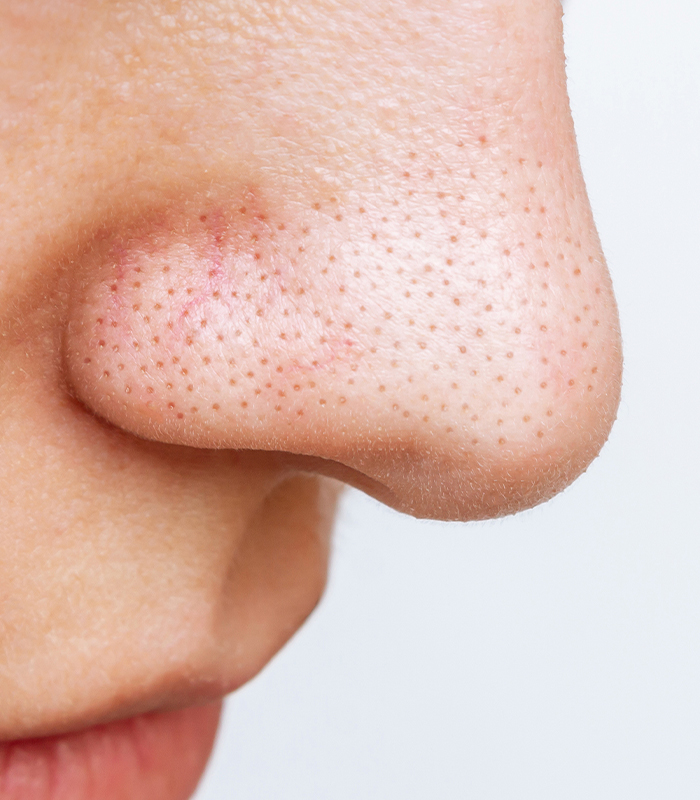Open pores, or enlarged pores, are conspicuous and larger-than-average openings on the skin’s surface.
They typically occur in areas with a high concentration of sebaceous (oil) glands, such as the nose, cheeks, and forehead. Open pores can create a rough, uneven skin texture and contribute to problems like blackheads and acne.

Pores are small openings in the skin that allow oil and sweat to pass through. There are two main types:





Personalized and Advanced Treatments

Result-Oriented Solutions

FDA-Approved Techniques for Optimal Results

MOH LCP-Certified and Well-Trained

Actual Results Before and After Treatment from Our Esteemed Patients

Reduces pore size and enhances overall skin texture.
Fractional C02 Laser
These treatments are highly effective at reducing the appearance of pores, enhancing skin texture, and promoting a more even complexion.
Most treatments involve minimal discomfort and are designed for patient's comfort. Numbing creams are used wherever necessary.
Results can vary, but many patients notice improvements shortly after the initial treatment, with effectiveness typically increasing with subsequent sessions.
While pores cannot be completely removed, our treatments significantly reduce their size, making them less visible.
The best treatment depends on your skin type. Laser therapy, microneedling, and chemical peels are highly effective in tightening pores.
Results vary based on the treatment type, but most patients notice smoother skin and smaller pores within a few weeks.
Yes, laser treatments are FDA-approved and performed by certified doctors to ensure safety and effectiveness.
Using sunscreen, gentle cleansers, and medical-grade skincare products can help maintain smaller, less visible pores.